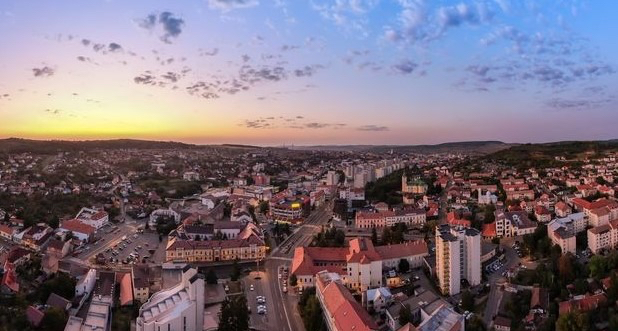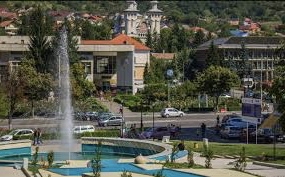Roxi & James’s Big Day
June 17, 2023

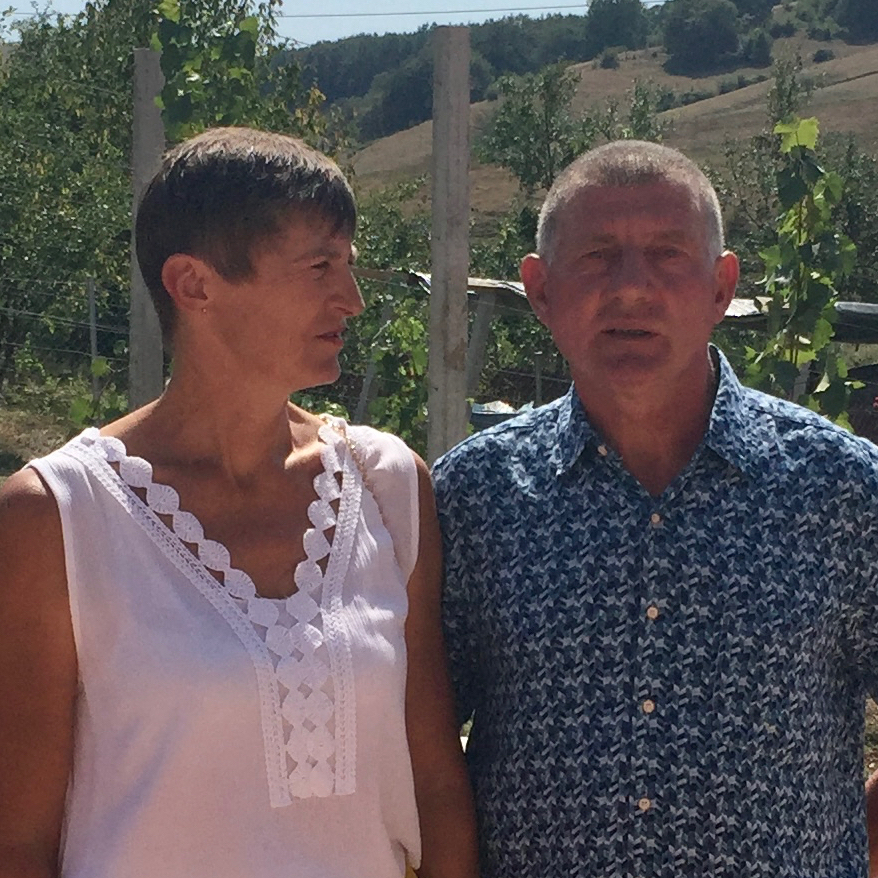

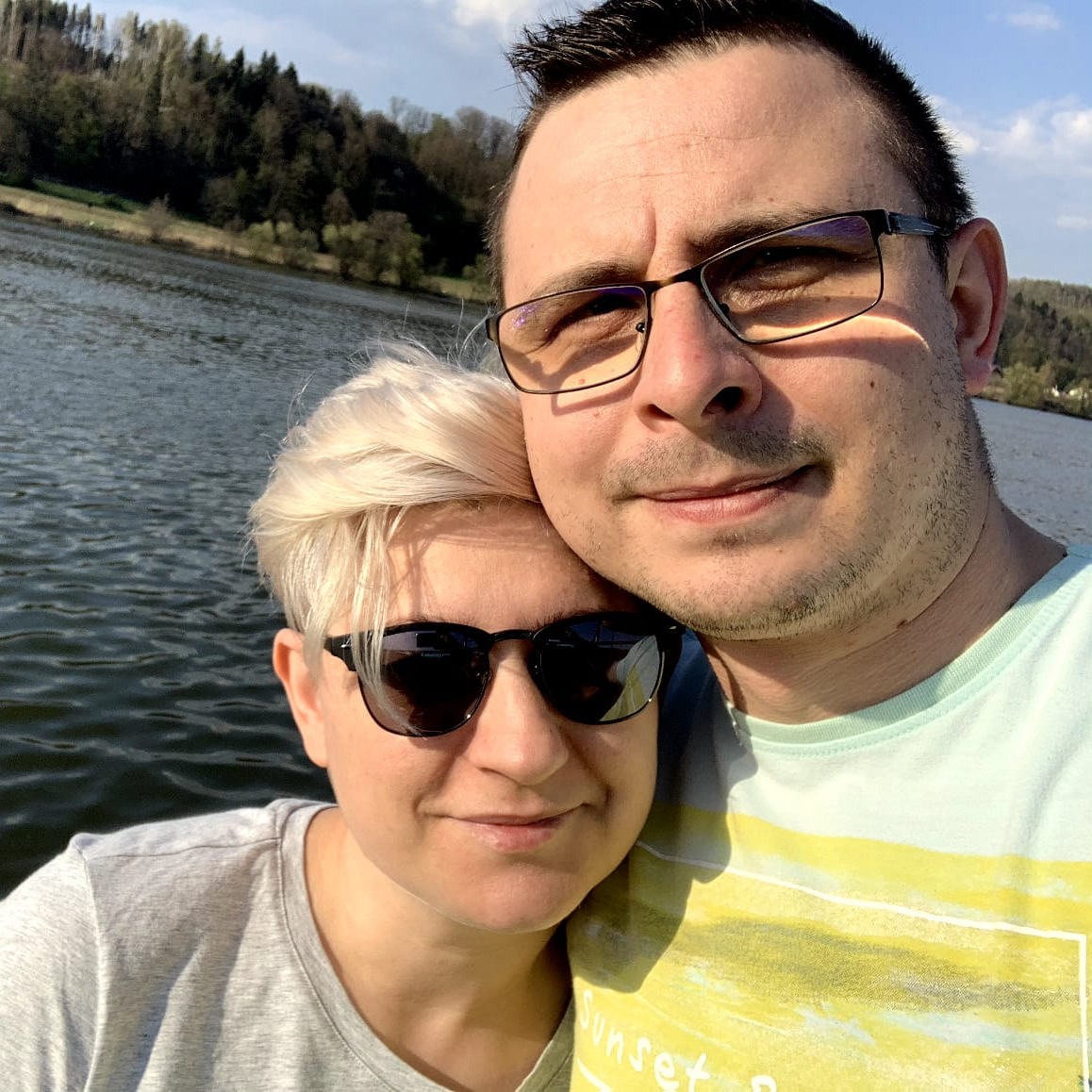
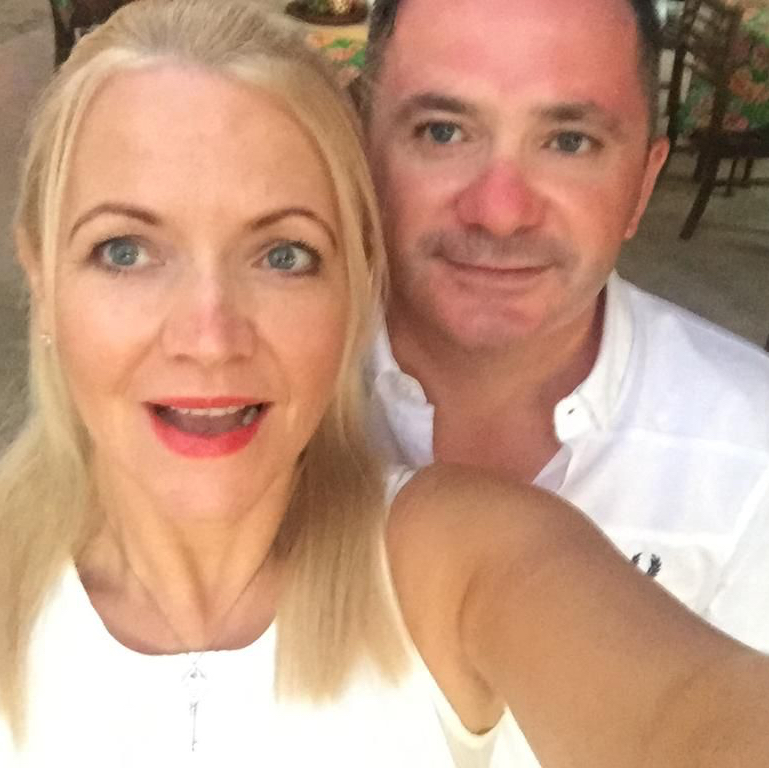
Located in Romania's Carpathian Mountains on the border between Transylvania and Wallachia, this national landmark is also known as "Dracula's Castle", due to its similarity to the fortress described in Bram Stoker's novel.
One of the most famous castles in Romania – if not the world, initially built-in 1212 and destroyed just a few decades later in 1242 by Mongols. It was rebuilt and destroyed many times over the centuries taking its dramatic form we see today in the 14th-century.
Peleș is undoubtedly one of the most beautiful castles in Europe. Located in Sinaia, very close to Bucharest, the Peles was the royal hunting retreat of Carol I of Hohenzollern, King of Romania.
The construction lasted for over 40 years (1873-1941) and it costed 16,000,000 Romanian lei in gold. In today’s money, that approximately 120 million US dollars. Peles Castle remained in the royal family possession until 1947, when the communists seized it, forcing King Michael of Romania to abdicate.
With extra-long S-shaped curves weaving through the southern Carpathians, it's no wonder the Transfăgărășan is regarded as one of the most thrilling highways in the world.
Built-in the early 1970s as a strategic military route ( in case of a Soviet invasion) the construction of this paved mountain road crossing the southern section of the Carpathian Mountains was once thought impossible due to its extreme alpine environment. Turns out, it was possible – however its creation came at a high financial and human cost, including hundreds of lives, and over six million kilograms of dynamite.
Even today, the Transfăgărășan is only traversable during the summer months and average speeds are around 40 km/h. Expect plenty of winding road, abrupt hairpin turns, long S-curves, and sharp descents.
Built in 1966 on the bank of the Argeş River, this massive, arched dam created Lake Vidraru (a body of water over six miles long) and has a pretty epic statue of Prometheus erected nearby.
This glacial lake situated 6,673 feet high in central Romania's Făgăraș Mountains is known for its two chalets (open year-round) and accessibility via the Transfăgărășan road.
Take a moment to enjoy your surroundings, and a hot drink, at the serene Bâlea Lake below the highest mountain in Romania.
Yet another of Romania’s astonishing natural wonders, Bâlea Lake is a magnificent, must-see landmark – even if it might be just a little too cold for swimming. The glacier lake is carved 2,034 meters up near the peak of the Făgăraș Mountains, aka ‘Transylvanian Alps.’
Its location in the Făgăraș Mountains means you’ll pass it if you take the TransFăgăraș Highway, but Bâlea Lake is worthy of a spot on this list in its own right. In the winter there is a ski resort next to the lake, but in the summer it is a great spot for hiking. There are a few hikes, but our favorite is the 10-kilometer route between Bâlea Lake to Bâlea Waterfall peppered with breathtaking scenery.
One of the most interesting places to visit in Romania is the Sphinx – a natural rock formation in the Bucegi Mountains. To reach this place you’ll have to hike at an altitude of 2,216 meters (7,270 ft).
The rock’s shape, which resembles a human face, was the result of hundreds of years of wind and rain erosion. However, from a certain angle, its outline looks a lot like the Great Sphinx of Giza, in Egypt. Hence the name.
Sibiu, once part of Hungary, dates back to the early 12th century. The city is located in Transylvania, an area that is associated with vampires, including Dracula, but it’s highly unlikely that visitors will run across any in this day and age.
Instead, travelers will find the Grand Square, in use since the 15th century, and Baroque buildings, including Brukenthal Palace, home to one of the oldest museums in the world. Visitors may also want to be on the lookout for remnants of old fortifications used to defend the city hundreds of years ago.
Tucked away in the mountains of Transylvania, about 40 km away from Sibiu, lies a fairytale castle: Castelul de Lut Valea Zânelor(Clay Castle of the Valley of Fairies.)
This quirky castle (soon-to-be-hotel) was the idea of a couple from Bucharest. They sold their house and hired a team of craftsmen from Maramures to build this place for them.
The structure is entirely made of clay, straw, and sand. The charming towers and undulating roofs look more like a movie set from the “Hobbit,” than a castle in the conventional sense.
The beautiful location and close proximity to the Transfāgārāsan highway, make the Clay Castle a great place to stay when you visit Romania.
Also located in Transylvania, Sighisoara is one of the best places to visit in Romania due to its beautiful preserved walled town. During the 12th century German craftsmen and merchants,
The Transylvanian Saxons, were invited here by the King of Hungary to settle and defend the frontier. They established a thriving trading town here and the citadel visitors see today. It was later extended and enlarged in the 14th century. Every July a Medieval Festival takes place in the old citadel. The landmark of the city is The Clock Tower, a 64-meter (210-foot) high tower built in 1556.
Traverse the highest mountain pass in Romania where you touch the clouds and follow in the footsteps of a 13th century noble and traders.
While the Transfăgărășan Pass might be the most famous Romanian Road – the Transalpina or DN67C is actually the highest road in the country with an elevation is 2,145m above sea level. And yes, it is equally exciting. While a mountain path at this spot in the Carpathian Mountains is said to have existed for millennia, it was the Germans during WW2 who initially turned it into a road for military reasons. However, it took until 2007 for the modern ‘Transalpina’ to develop after an enormous project, which was a 148 km dirty road transformed into a modern highway.
In many ways, the Transalpina is more majestic in terms of sheer natural beauty and allows tourists a peek into landscapes untouched by technological advances. The journey across its Urdele Pass plateau is particularly impressive – where you are quite often driving above a sea of clouds.
This archeological site is Romania's version of Stonehenge, the remains of ancient Dacia's capital during the first centuries B.C. and A.D. The city was built under the rule of King Decebalus, then was conquered by the Romans at the beginning of the second century A.D. (along with the rest of the Dacian kingdom).
Concealed in the impenetrable forests of the Carpathians, Sarmizegetusa Regia is one of the most magnificent and enigmatic sites in Romania. Founded on top of a 1200 m high mountain, the fortress, containing six citadels, was the capital and the most important religious, military, and political center of the Dacians – before the Roman conquest in the 2nd century AD.
Its location, even today, remains difficult to access, which explains how the comprehensive and well-preserved remains which stand in magnificent natural surroundings have lasted into the modern era. An exceptional wonder that gives a dramatic picture of an innovative civilization from the classical world / late European Iron Age. If you have time, check into a local guesthouse and spend a few days hiking in the surrounding Gradistea Muncelului-Cioclovina Nature Park within its glorious vistas and various other Dacian ruins. You are likely to have these awe-inspiring and powerful spaces all to yourself.
Not all beauty is found above ground, as proven by Salina Turda, a unique theme park that happens to be found in one of the world's oldest salt mines.
Eschew sunlight and fresh air for this subterranean labyrinth complete with a sci-fi theme park, health spa, and Ferris wheel.
Located 120 meters below the ground, this is one of the oldest salt mines known to man and today houses a futuristic modern art theme park complete with an underground lake with rowboats, spa treatment rooms, a bowling alley, and mini-golf.
We have no idea who came up with this bizarre concept. Still, with over 500,000 people visiting annually, it is fair to say the modernization and reinvention of Salina Turda has been a resounding success. With five cavernous mines to explore, swimming pools and more – Salina Turda is most assuredly one of the most astonishing places found on or IN the planet.
Cluj-Napoca, a city in northwestern Romania, is the unofficial capital of the Transylvania region. It's home to universities, vibrant nightlife and landmarks dating to Saxon and Hungarian rule. Surrounding its central square, Piața Unirii, is the Gothic-style St. Michael's Church and Matthias Corvinus Statue of the 15th-century king.
Cluj Napoca is where the majority of you will land and is situated 1:30 minutes away by car, from Zalau.
If you plan to spend a day or two here make sure to also visit the Turda Salt Mines which are 30 minutes away by car, from Cluj Napoca.
If you want to spend a few days in Cluj Napoca and you are looking to live in sync with nature and the rural way, Salicea is a great option.
Located 15 minutes from Cluj Napoca, Salicea is home to an impressive selection of attractions and experiences, making it well worth a visit.
Suncuius is 80 km away from Zalau, that’s approximately 1 hour and 30 minutes. You can visit Unguru Mare, Farcu, and Crisilui Caves, do rock climbing, or canoe in Cris River. Beautiful place for nature walks.
If you plan an overnight stay there are plenty of good options for accommodation to choose from.
The Painted Monasteries are the biggest attraction in Bucovina and for sure one of the most visited places in Romania. What makes these monasteries so famous are the colorful exterior frescos depicting various religious scenes.
Their painted exterior walls are decorated with elaborate 15th and 16th century frescoes featuring portraits of saints and prophets, scenes from the life of Jesus, images of angels and demons, and heaven and hell.
If you have time, I would suggest taking a dedicated tour of all the painted churches in Bucovina. They are absolutely stunning! But at the minimum, you should visit the monasteries of Voronet, Moldovita and Sucevita, which are undoubtedly the most beautiful ones.
Wander around a village unchanged by the modern world and marvel at the wooden craftsmanship on display.
Located in the Maramures region, often referred to as the ‘land of wood,’ a visit to rustic Bârsana promises verdant green landscapes, a slow-paced atmosphere, and, most famously, glorious wooden oak gates. Proudly crafted by generations of inhabitants, the gates are said to help connect with a different world, a realm hidden from all that is evil. Thus behind these guardian gates carved with pre-Christian pagan motifs full of deep meanings, the house and its inhabitants are protected.
The Bârsana gates are often much larger than the property behind; providing a defensive wall that cannot be bypassed and passing beneath it is a ritual act of purification. Historically gates were reserved for noblemen, but today they are raised as a sign of wealth and pride across the entire Maramures region. Still, in Bârsana, their crafted beauty and prominence are particularly majestic.
Look on with wonderment at these ornately crafted Wooden churches with have survived unchanged for centuries. But be warned – the distance Maramures region is even more mysterious than Transylvania …
There are almost one hundred Orthodox churches, and a few Greek-Catholic ones, wooden churches in this remote region of Romania. While each is worth visiting, eight have been selected as leading examples that showcase the diverse range of architectural solutions using to build these churches. You would be hard-pressed not to see at least one while exploring this region, as these high timber constructions are characteristically tall and tower over the fields and small villages in which they are found.
The entire Maramureș region has been semi-autonomous since the Middle Ages, meaning the people have their own traditions and way of life of here. This distinct way of life has also been ensured in the modern era due to its remote location in a mountainous area of northern Romania and a general lack of visitors. Besides the iconic churches, the Maramureș boasts well-preserved wooden villages and a visibly traditional lifestyle. This, along with the colorful outfit many locals still proudly wear, ensure the Maramureș is often referred to as a living museum of Old Europe.
You'd probably expect a Romanian cemetery to be pretty scary, but these sky-blue graves with hand-carved, painted crosses are anything but gloomy.
Ponder this colorful and humorous reinterpretation of life and death in a small rural cemetery.
An open-air museum and a national tourist attraction that has somewhat recently rose to prominence due to one specific unusual feature of this cemetery. The Merry Cemetary, as the name suggests, does not treat death as something indelibly solemn but instead that death should be a moment overflowing with joy and expectation of a better life.
Romania is one of the very few places Europe where you can still experience the bygone era of the steam engine locomotives. So if you ever find yourself in the region of Maramures, don’t miss riding the Mocanita, the nostalgic steam train of yesteryear.
The nostalgic steam locomotive from Viseul de Sus will take you on an incredibly journey along the lush Vaser Valley, one of Romania’s most picturesque areas.
The majority of the Danube Delta, Europe’s second largest river delta, lies in Romania. Originally part of the Black Sea, the Danube Delta is a good place to observe nature.
It is home to many unique species of plants and animals in Europe, as well as contains 23 different ecosystems, including some of the world’s largest wetlands. Previous visitors rave about the spectacular sunsets and highly recommend taking a slow boat ride on the river.
Located on significant migratory routes and providing sufficient conditions for nesting and hatching, the Danube Delta is a sanctuary for birds from six major ecoregions of the world, including the Mongolian, Arctic and Siberian.
Over 320 species of birds can be spotted in the Delta during summer, of which 166 are hatching species, and 159 are migratory – and over one million individual birds winter here. While most international tourists head to Transylvania or the beach resort towns south of the Delta, the Danube Delta shouldn’t be overlooked by bird lovers or those who have an interest in exploring one of Europe’s last remaining expanses of pristine nature.
The Palace of Parliament is the world’s second-largest administrative building (after the Pentagon) and former dictator Nicolae Ceauşescu’s most infamous creation. Started in 1984 (and still unfinished), the 330,000-sq-metre building has more than 3000 rooms. Entry is by guided tour only (book ahead).
Roxi & James's Big Day
Gallery
